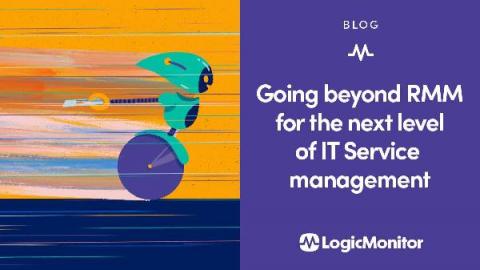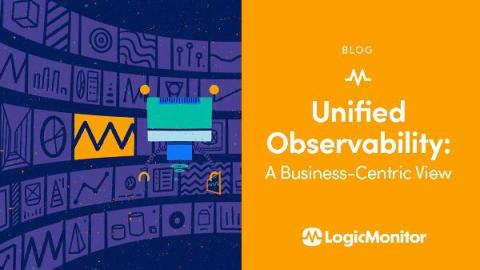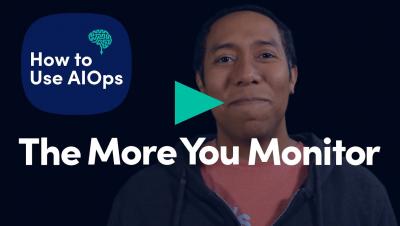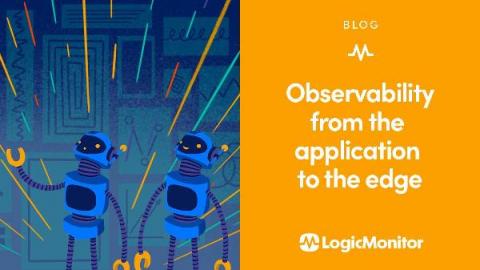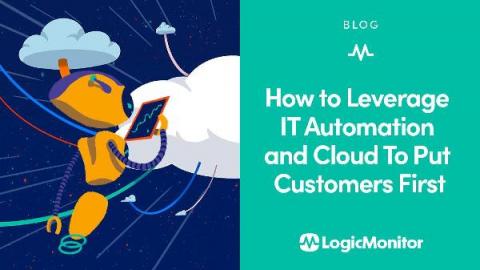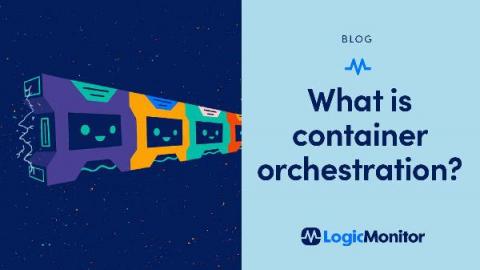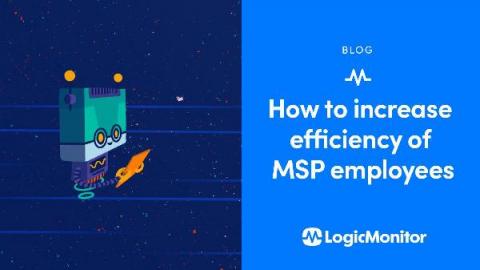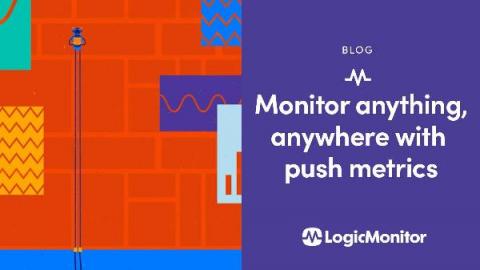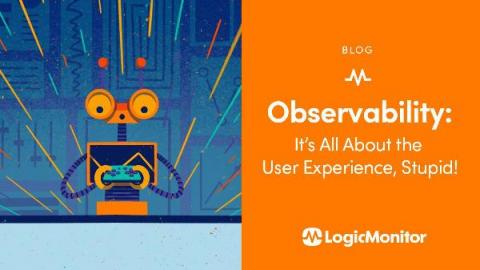Going Beyond RMM for the Next Level of IT Service Management
The IT services industry has continued to grow in the backdrop of high demand for innovative solutions across all industries. Global spending will surpass $1.1 trillion in 2021, which reflects a 9% increase from 2020. Managed services account for much of this spending with managed service providers (MSP) at the heart of the impressive growth.


